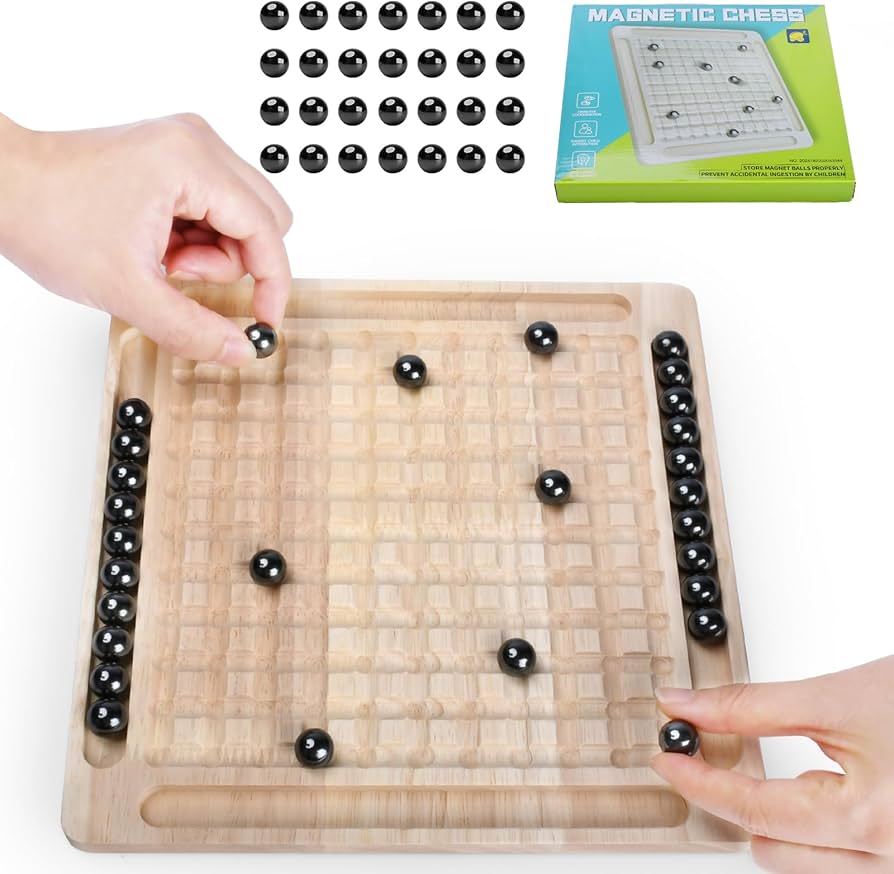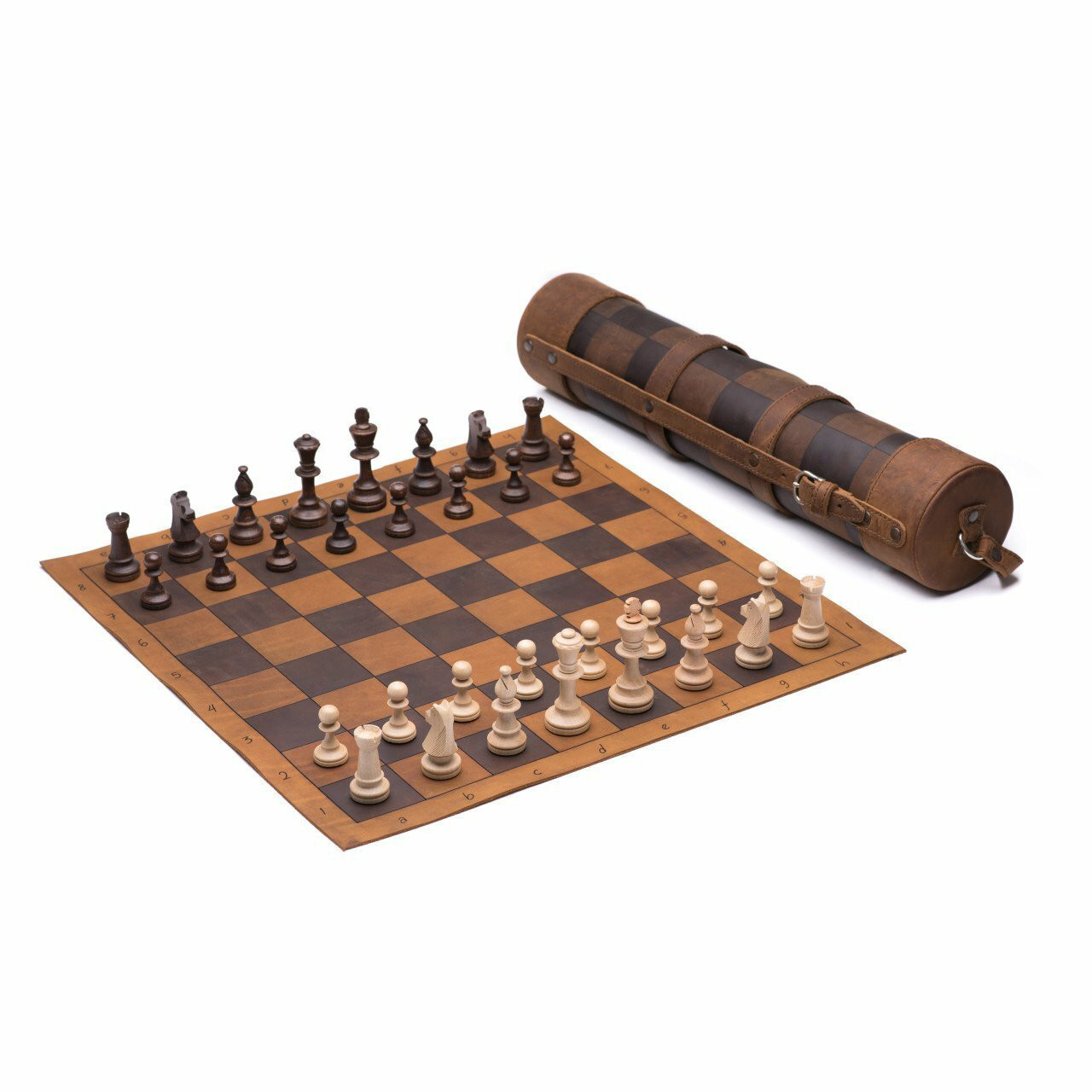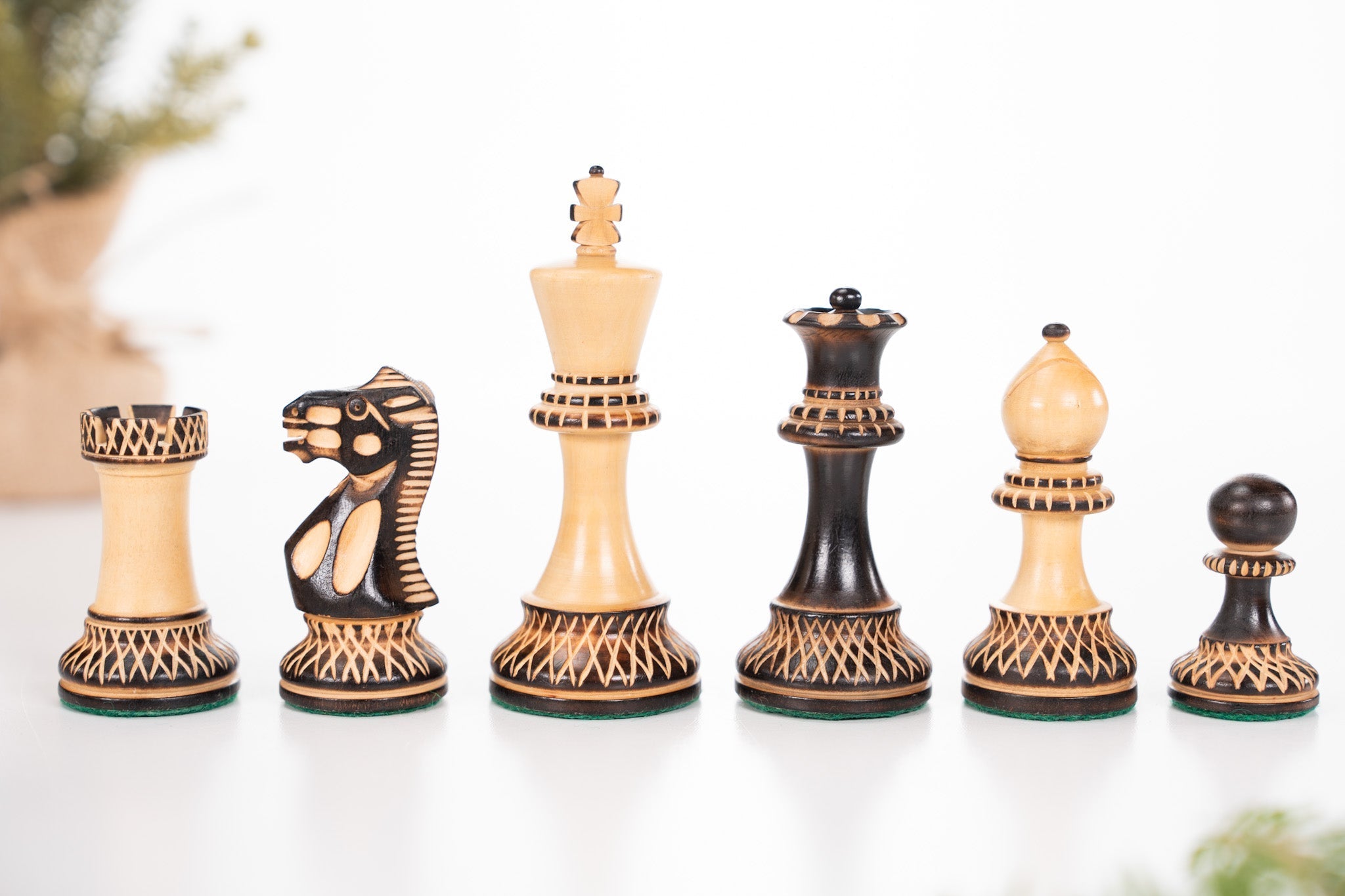Chess is a classic game of strategy and skill. Each piece moves in a unique way.
Chess pieces have distinct roles and movements that define the game. Understanding their names and how they move is key to becoming a better player. From the powerful queen to the versatile knight, each piece brings its own strategic value.
Whether you’re new to chess or looking to brush up on the basics, this guide will help you get a clear grasp of the essentials. Let’s dive into the fascinating world of chess pieces and discover how each one contributes to the game.
Introduction To Chess Pieces
Chess is a timeless game enjoyed by millions around the world. Each piece on the board has a unique role. Understanding these pieces is key to mastering the game. Let’s dive into the fascinating world of chess pieces.
Brief History
Chess has a rich history spanning over a thousand years. It originated in India around the 6th century. The game evolved as it spread to Persia, the Islamic world, and eventually Europe. Each region added its own twist to the pieces and rules.
By the 15th century, chess had taken its modern form. The pieces we know today were standardized, and the game gained widespread popularity. This history shapes the way we play and understand chess today.
Importance In The Game
Each chess piece has a specific function. The pieces are divided into two armies: one white and one black. Each army consists of 16 pieces. These are one King, one Queen, two Rooks, two Knights, two Bishops, and eight Pawns.
The King is the most important piece. Losing the King means losing the game. The Queen is the most powerful, moving any number of squares in any direction. The Rooks move in straight lines, while the Bishops move diagonally.
Knights have a unique L-shaped move. Pawns move forward but capture diagonally. Each piece’s movement adds depth and strategy to the game. Understanding these movements is crucial for playing well.

Credit: www.chesskid.com
The Pawn
The pawn is one of the most underrated chess pieces. Often underestimated, pawns play a crucial role in the game. Understanding their movement can significantly enhance your strategy. Let’s dive into how pawns move and their special abilities.
Basic Movement
Pawns move differently compared to other pieces. Each pawn starts on the second row from the player’s perspective.
| Move | Explanation |
|---|---|
| Initial Move | On its first move, a pawn can advance one or two squares forward. |
| Subsequent Moves | After the first move, a pawn can only move one square forward. |
Pawns cannot move backward. Their forward movement is restricted to the path ahead.
Special Moves
Pawns have two unique moves: capturing and en passant.
- Capturing: Pawns capture differently than they move. To capture an opponent’s piece, a pawn moves diagonally forward one square.
- En Passant: This French term means “in passing.” If an opponent’s pawn moves two squares forward from its starting position and lands beside your pawn, you can capture it as if it had moved only one square. This move must be done immediately after the opponent’s move.
Another special move is promotion. When a pawn reaches the opposite side of the board, it can be promoted to any piece, except a king. Most players choose a queen, but a rook, bishop, or knight are also options.
The Rook
The rook is one of the most powerful pieces in chess. It looks like a small tower or castle. Each player starts with two rooks, placed at the corners of the board. The rook plays a crucial role in both attack and defense.
Horizontal And Vertical Moves
The rook moves in straight lines on the board. It can move horizontally across any number of squares. It can also move vertically up or down any number of squares. The rook cannot jump over other pieces. Its move must be clear of any obstacles.
Castling
Castling is a special move involving the rook and the king. It helps to protect the king and activate the rook. During castling, the king moves two squares towards the rook. The rook then moves to the square next to the king.
Castling has some rules. There must be no pieces between the king and the rook. The king and rook must not have moved before. The king must not be in check. The squares the king moves through must also be safe.
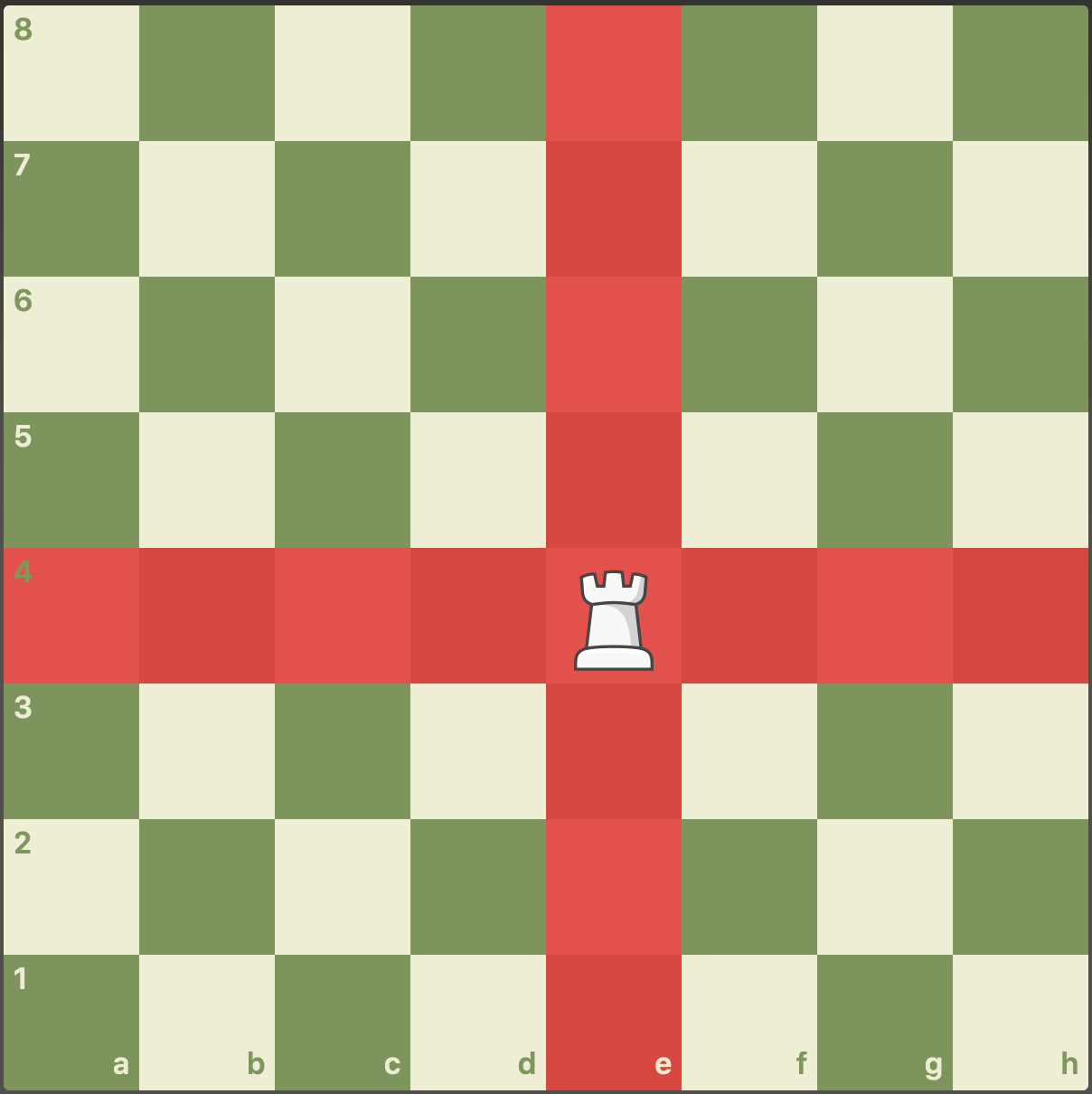
Credit: www.chess.com
The Knight
The Knight is one of the most unique pieces on the chessboard. Unlike other pieces, it moves in a distinct way and has special abilities. Understanding how the Knight moves can give you an edge in your chess game.
L-shaped Moves
The Knight moves in an L-shape. This means it moves two squares in one direction, and then one square at a right angle. Or, it can move one square in one direction, and then two squares at a right angle. This unique movement allows the Knight to cover a wide range of the board.
To better understand, imagine the Knight on a grid. If it starts on a white square, it will end on a black square after its move, and vice versa. This alternating pattern can help you track its potential movements.
Jumping Over Pieces
Another special ability of the Knight is its power to jump over pieces. It is the only piece that can do this. The Knight’s movement is not blocked by other pieces, making it very versatile.
For example, if other pieces are in its path, the Knight can still reach its destination. This ability is useful for attacking and defending. The Knight can quickly reach critical positions on the board.
Here’s a quick reference table to summarize the Knight’s moves:
| Move Type | Description |
|---|---|
| L-Shaped | Two squares in one direction, then one square at a right angle, or one square in one direction, then two squares at a right angle. |
| Jumping Over Pieces | Can move to its destination regardless of other pieces in the way. |
The Bishop
The bishop is a key piece in chess. It represents a powerful figure in the game. Each player starts with two bishops. They can be very strategic and impactful. Understanding their movement and importance is essential.
Diagonal Moves
Bishops move diagonally on the chessboard. They travel any number of squares in a single move. They stay on their original color throughout the game. One bishop remains on light squares, and the other on dark squares.
This unique movement allows bishops to cover large distances quickly. They can control long diagonals. This makes them especially useful for attacking and defending.
Strategic Importance
Bishops are crucial in both opening and endgame phases. They work well in open positions where pawns do not block their paths.
A pair of bishops can control both color complexes. This can create strong pressure on the opponent. They often work in tandem with other pieces. This collaboration can lead to powerful combinations and tactics.
In the endgame, bishops can be very powerful. They can control and support passing pawns. Their long-range capabilities allow them to dominate the board. This can be decisive in winning the game.
The Queen
The Queen is the most powerful piece on the chessboard. She combines the abilities of the rook and bishop. Her potential makes her a key player in many strategies.
Versatile Moves
The Queen moves in multiple directions. She can travel horizontally, vertically, or diagonally. This allows her to cover a lot of ground. She can move any number of squares in these directions. This makes her very flexible.
Her movement ability helps in both offense and defense. She can quickly change positions. This keeps opponents guessing. Her versatility is one of her greatest strengths.
Combining Powers
The Queen combines the rook’s and bishop’s powers. The rook moves straight lines. The bishop moves diagonally. The Queen does both.
This combination makes her formidable. She can control many squares at once. She can also support other pieces. This makes her a central figure in many tactics. Her presence on the board changes the game.
The King
The King is the most important piece on the chessboard. Its safety is crucial for the entire game. The King moves in a unique way, and understanding its movement is key to mastering chess strategy.
One-square Moves
The King moves one square in any direction. This can be forward, backward, sideways, or diagonally. Its movement is limited but versatile. You must protect your King while trying to attack the opponent’s King.
Check And Checkmate
When your King is in direct threat, it is called a check. You must move the King out of check immediately. If you cannot escape the threat, it is called checkmate. The game ends when the King is checkmated.
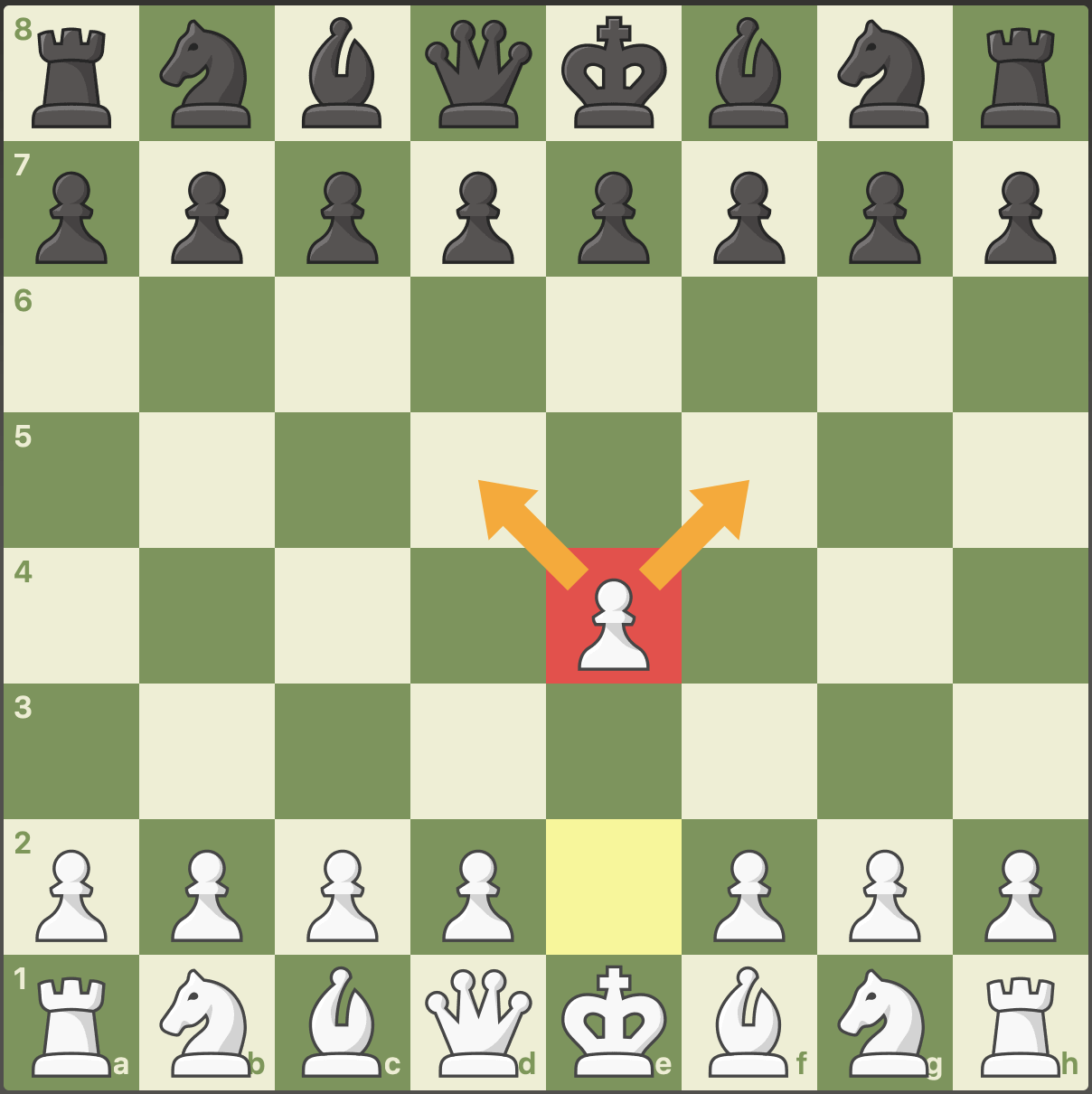
Credit: www.chess.com
Special Moves In Chess
Chess is a game of strategy and skill. It has unique moves that can change the course of the game. These special moves add depth and excitement. They include En Passant, Promotion, and Castling. Understanding these moves can give you an edge over your opponent.
En Passant
En Passant is a special pawn capture. It can only happen under specific conditions. If a pawn moves two squares forward from its starting position and lands beside an opponent’s pawn, the opponent can capture it as if it had moved only one square. This move must be done immediately after the initial two-square move.
Promotion
Promotion occurs when a pawn reaches the opposite end of the board. Upon reaching the eighth rank, the pawn can be promoted. You can choose to turn it into a queen, rook, bishop, or knight. Most players choose a queen for its power. But sometimes, other pieces might be more useful.
Castling
Castling is a move involving the king and a rook. It allows the king to move two squares towards a rook. The rook then moves to the square next to the king. Several conditions must be met for castling. Neither the king nor the rook involved must have moved before. The squares between the king and rook must be empty. The king cannot be in, move through, or move into check. Castling can be a powerful defensive or offensive strategy.
Conclusion
Chess is a fascinating and strategic game. Each piece has its own moves. Knowing these can improve your game. Practice makes a big difference. Study the movements and try different strategies. You will start seeing patterns. Over time, your skills will improve.
Remember, every game is a learning opportunity. Enjoy the process and have fun. Happy playing!

